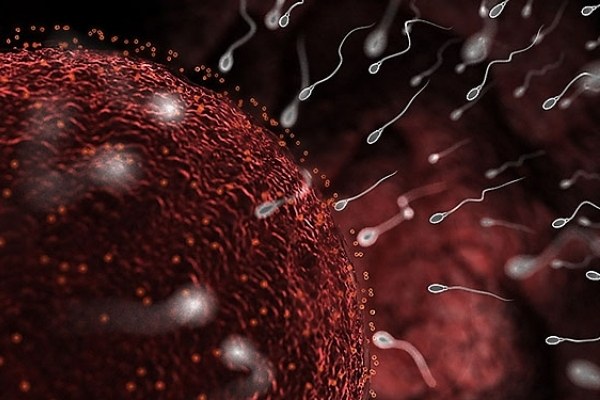Timing of conception
There are two points of view about the time of the creation of a new human life. Some believe that it begins at conception, according to another version it is believed that this is the first day of the cycle, in which there was fertilization of the egg. During the menstrual cycle ovulation occurs once, so the fertilization of an egg maybe once during 25-30 days. The egg can only exist the day after ovulation, if conception has not occurred, the woman can become pregnant only in the next cycle. When injected into the uterus of the sperms remain alive for about 7 days. Therefore, sexual intercourse a week before ovulation can lead to conception.
Ovulation may take about two weeks before the end of the menstrual cycle. To pinpoint the day of conception, need to know exactly when it will happen. The exact moment is impossible to calculate, it is only possible to roughly calculate the ovulation day, if you follow previous cycles and do the test. If the sexual act occurred in the period of ovulation or a few hours after the time of conception will depend on the speed of the sperm. On average, it will be 50 minutes. Consequently, during ovulation, fertilization occurs about an hour after ejaculation. Thus, conception is possible during the period from one hour up to a week after intercourse.
Artificial insemination
In the cases of female or male infertility to conceive a child with artificial insemination. This methodology is based on the fact that the contact of eggs with sperm for the purpose of conceiving is in vitro. Before egg retrieval, the woman will undergo a course of treatment that stimulate the maturation of several follicles. Then the analysis supporting their development. After this is done the needling, in which under ultrasound guidance through the vagina into the abdominal cavity the needle is injected, it gets the contents of the follicles. The sperm is taken from semen sample.
Eggs and sperm with the optimum degree of maturity are placed in a nutrient medium promoting spontaneous conception. The next day they are studied under a microscope to identify fertilized eggs. Then, several embryos are implanted in a uterus to have one implanted. Typically, three embryos are transferred and the rest frozen. The procedure is performed, when the embryo turns from two to six days. The success of conception in the test tube reaches 30-35%, this technique is time-consuming and laborious.
